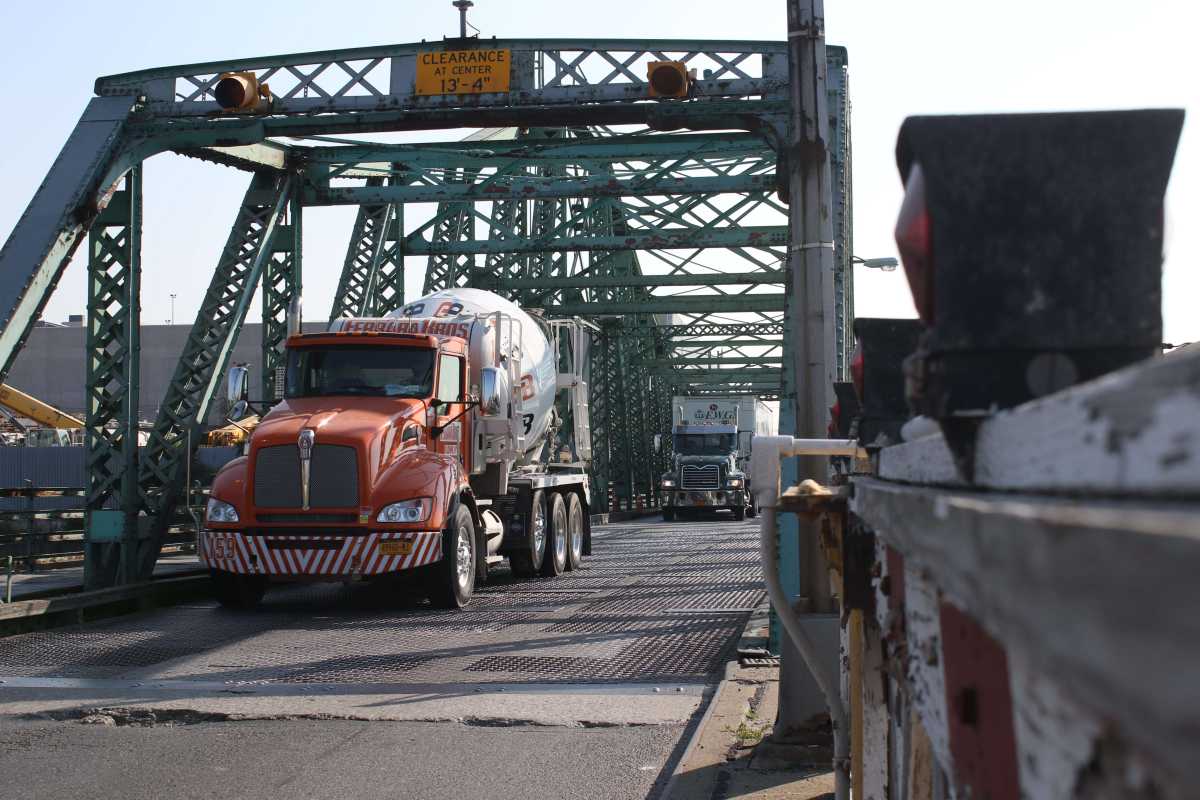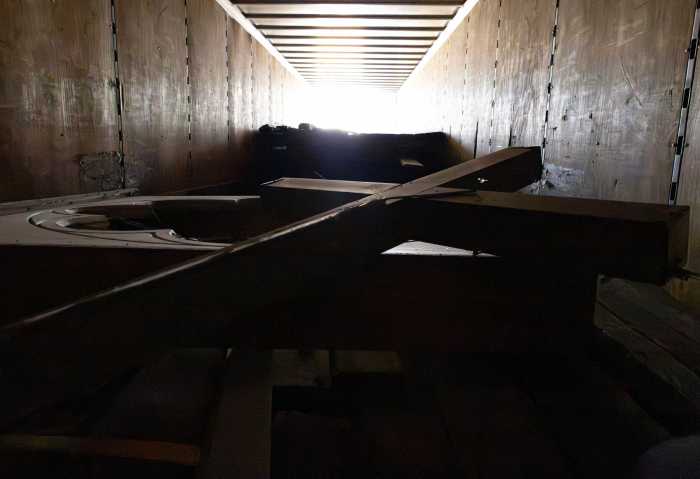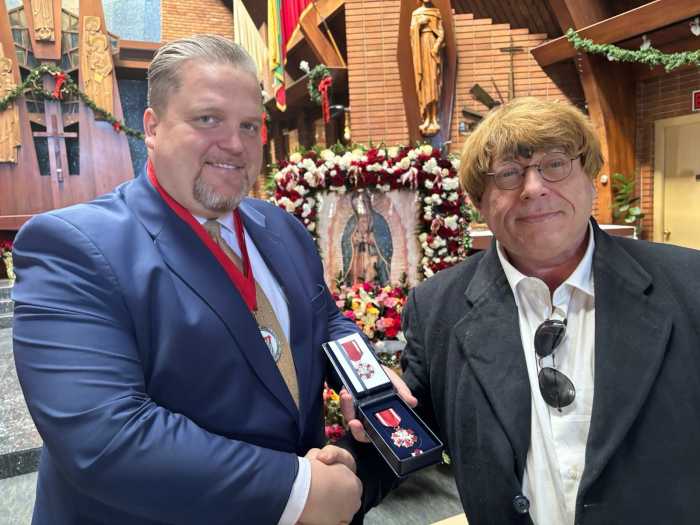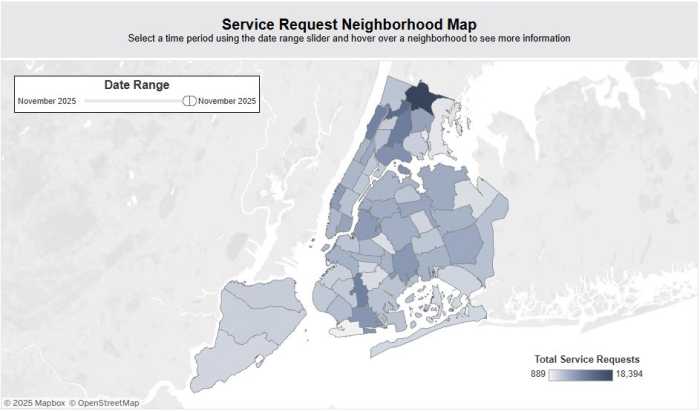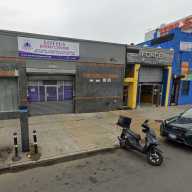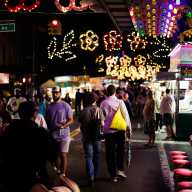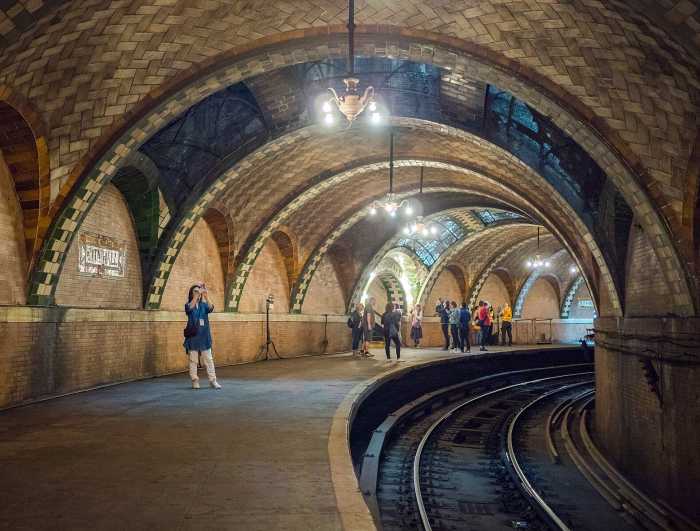BY ALEJANDRA O’CONNELL-DOMENECH
Rust covers the faint green metal of the Grand Street Bridge which has been the source of traffic woes for Queens and Brooklyn drivers trying to cross the eastern part of Newtown Creek. Traffic jams are common as the bridge cannot accommodate two lanes of traffic.
Earlier this week, the Department of Transportation confirmed at a transportation services and public transit service committee meeting that the designing process for the new Grand Street Bridge has begun. This comes 10 years after an initial push by community members and business owners, frustrated by the constant traffic and shoddy patch work, to widen the bridge.
In June, the DOT released a request for proposals (RFP) for the demolition, redesign and reconstruction of the Grand Street Bridge and the submission period closed on July 6. According to the RFP, the DOT wants to replace the bridge with an entirely new bridge with a moveable span structure.
The document states that the bridge has deteriorated and has several features that no longer meet city standards. The electrical and mechanical control systems are obsolete, many structural members are not adequate to carry the bridge’s current load and the fender system has degenerated.
“Usually design takes about a year then there is going to be construction for two years after that,” said Community Board 5 District Manager Gary Giordano, who spoke about the project at the Aug. 28 Board 5 Transportation and Public Transit Committees. Community members should not expect to see a completed new bridge until 2021.
Giordano said that there were plans to reconstruct the bridge in 2008 but due to the economic downturn, renovations to the Grand Street Bridge were cut. Funds were used for other larger bridges such as the Metropolitan Avenue and Kosciuszko Bridges.
For many, however, changes can not come soon enough.
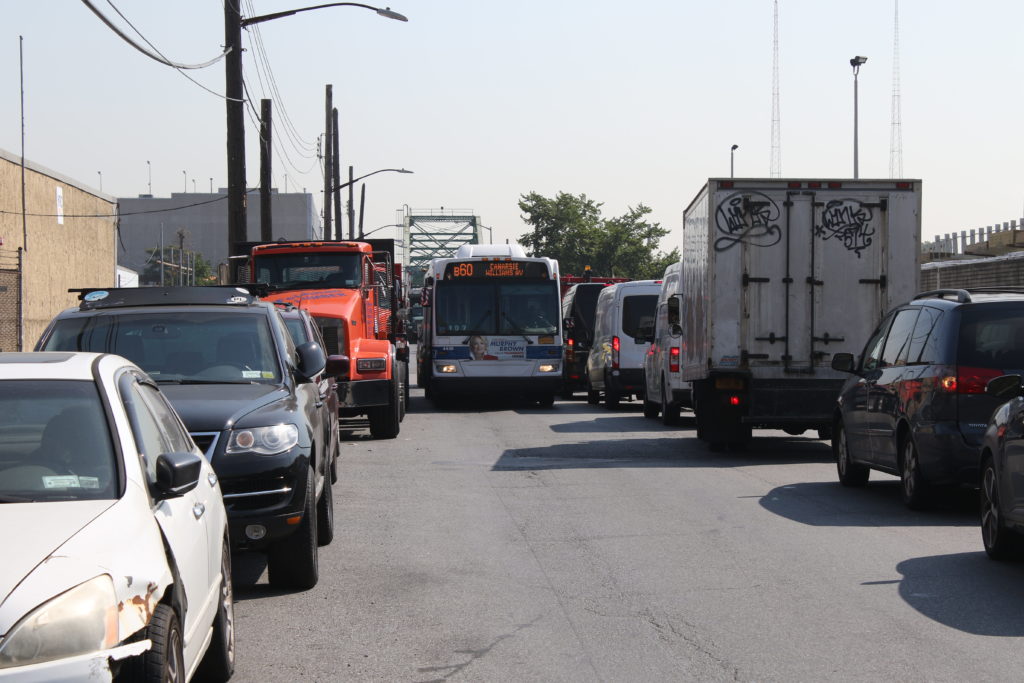
“People are waiting for some kind of catastrophe or something,” said Matt Jan, 25, a meat packer at one of the many businesses bordering the bridge who walks across it almost daily. He worries about the structural integrity of the bridge which was built in 1903. “Sometimes there are accidents around here.”
Jan said that at night traffic becomes even worse due to a lack of street lights. He has witnessed accidents that have blocked the bridge for long periods of time.
“I am afraid whenever I need to cross the bridge,” said a local factory worker who did not wish to give their name. “I don’t think I am going to fit.”
Karen Nieves, the manager of business expansion or retention at Evergreen, a nonprofit that works to improve economic development in Brooklyn, said that the city has just simply done patch work to maintain the Grand Street Bridge. Community members have found it akin to putting a bandage over a large wound.
“With the amount the city spends on the patch work, they could have built another bridge,” said Nieves. Evergreen has worked closely with businesses like Empire Trade Metal to write letters to the DOT for a decade.

